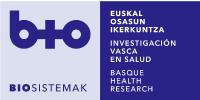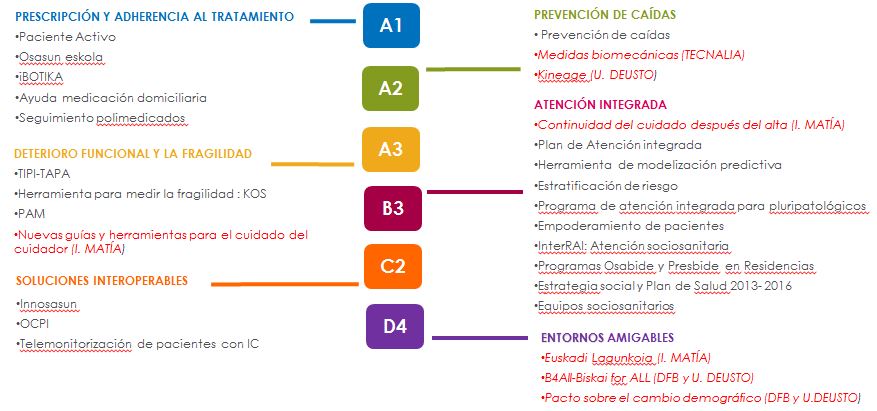Increase the average healthy lifespan in the EU by two years by 2020. To do so, the strategy is based on a “triple win”:
- Improving the health state and quality of life of European citizens, with a particular focus on the elderly;
- Supporting the long-term sustainability and efficiency of health and social care systems; and
- Improving the competitiveness of EU industries by creating a better business environment that forms the basis for growth and expansion into new markets.
- Increasing users’ participation in Research, Innovation and self-care;
- Improving communication and cooperation between different health sector parties (between levels) and between health care, social care and other services (between sectors) taking part in continuity of care;
- Fostering health prevention and promotion;
- Reducing fragmentation of healthcare systems;
- Lowering financial barriers to access appropriate social and health services;
- Boosting interoperability of information and communication tools; and
- Contributing to generating flexible, suitable and adaptable legislation for the current situation.
- The EIP on AHA is made up of regions, healthcare, patient, caregiver, academia, industry, and patient organizations that work collaboratively to achieve the main goal of the association. They contribute by providing experience and best practice, through an iterative and flexible process, which is inspiring and can generate synergies. It is about gathering the experiences and evidence from partners and supporting the design of appropriate policies to expand innovative solutions for active and healthy ageing.The EIP on AHA is based on two main pillars:– Reference Sites: Regions, cities or organizations that implement a comprehensive and innovative approach to the development, adoption and scaling up of innovative practices for active and healthy ageing
– Action groups: groups of partners who collaborate by exchanging information and solutions, and seeking to pool knowledge and resources to achieve practical goals.It also includes three cross-cutting initiatives, open to the participation of all partners:– Blue Print for the digital transformation of health and care
– I2M, Innovavión to the market
– MAFEIP, socio-economic impact assessment tool.In 2011 the Association defined its Strategic Implementation Plan which included priority areas (Prevention, early detection and diagnosis; Care and attention; Active ageing and independent living; Horizontal actions; and Vision and principles) from which several action groups emerged. There are currently 5 action groups.– A1, Adherence to prescription and care plans
– A2, Personalised health management and fall prevention
– A3, Lifelong health promotion and prevention of fragility and age-related diseases
– B3, Integrated management of chronic diseases
– C2, Development of interoperable solutions for independent living
– D4, Innovation for environmentally friendly buildings, cities and environmentsEach action group has its own Action Plan.
Commitments are projects and initiatives related to the development, promotion or implementation of innovative solutions for active and healthy ageing deployed in the health system of the region. They must be based on existing activities or may be activities that start in the near future but must contribute to and align with the objectives and Action Plans defined in the action groups, as well as the Strategic Implementation Plan defined by the EIP-AHA. In 2016, the last call to renew and present commitments implemented in the regions was opened. The Basque Country presented 28 in total (21 presented by the Department of Health), which were the following:
*In black are indicated the commitments obtained by Kronikgune


